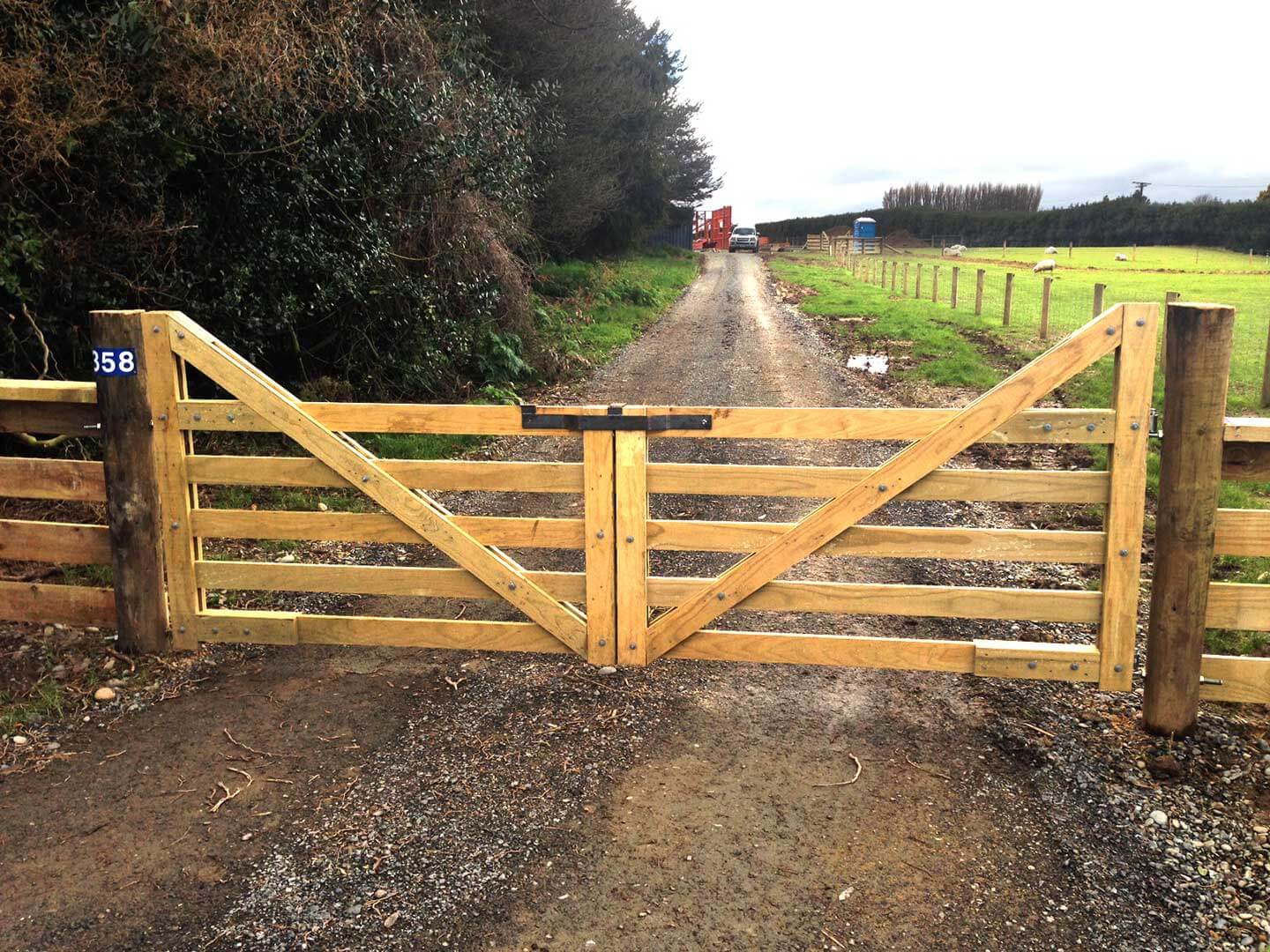Gates, also known in an architectural sense as “portal,” is an element of complement in the branch of construction of buildings with very diverse applications and uses, which is industrially manufactured from basic construction materials, as they can reach to be; aluminium, wood, plastic or glass.
In the architectural field, its main function is to separate rooms, facilitating both their isolation and the access they may have between them.
The gates can have several types of metal fittings such as the hinge, and together these can have lock, locks, and padlocks.
As Architectural Elements: In these, we can highlight the following;
- Lintel: It is a horizontal upper part, which tries to support the roof functioning as a lock and is constituted with the same materials as the building, thus allowing a gap for a window.
- Skirt: It is the piece made of different materials generally similar to those used when building a door that is placed below the lintel as fixed.
- Jambs: these are the side pieces of the door, in the frame of a door.
- Mochetas: They are similar to the jambs, but these are built with the same material of the building.
- Threshold: It is the opposite inferior part of the lintel
Mechanical elements
- Bolt or latch: It is the fixed element that allows to lock the door from either side, this turn is located inside the door. Now this one has another class called snail, which consists of a spiral piece that rotates on itself attached to another piece.
- Bevel: It is the superior support that manages to turn a door.
- Tile: Counterpart of the bevel; lower support that rests on a pellet, which manages to turn the door.
- Hinge: It is a support designed to rotate the door, placed both laterally, off-centre and of any type.
- Knob: It is responsible for allowing both the entry and exit of the door.
- Key: It is a special tool that allows people to open the door. In special cases, as if it were stuck or blocked inside.

Types of Gates
- Stable Gate: Also known as Dutch Gate; This is one that is divided or cut horizontally in two sections, thus allowing the use of its two sections independently of each other.
- Venetian gate: This door in the one that consists of three bays, one large central and two narrow laterals.
- Swing gate: This kind of door can move from the outside to the inside and the door turn can be either with the hinge or with the bevel.
- Egyptian gate: In the form of an isosceles trapezoid with the long side at the bottom.
- Sliding gate: with parallel movement, can be aerial when the rail hangs from the ceiling or structure, flown when it moves with projection or floor rails when it goes on a guide or rail.
- Revolving gate: Used to prevent the entry or exit of air or light.
In this way, there are various kinds of wood and other materials, and this can be in many ways sizes and elements, and with the evolution of the custom timber gates were created, where they are opened thanks to an operator that pulls the door, and a signal receiver so that it opens itself.
